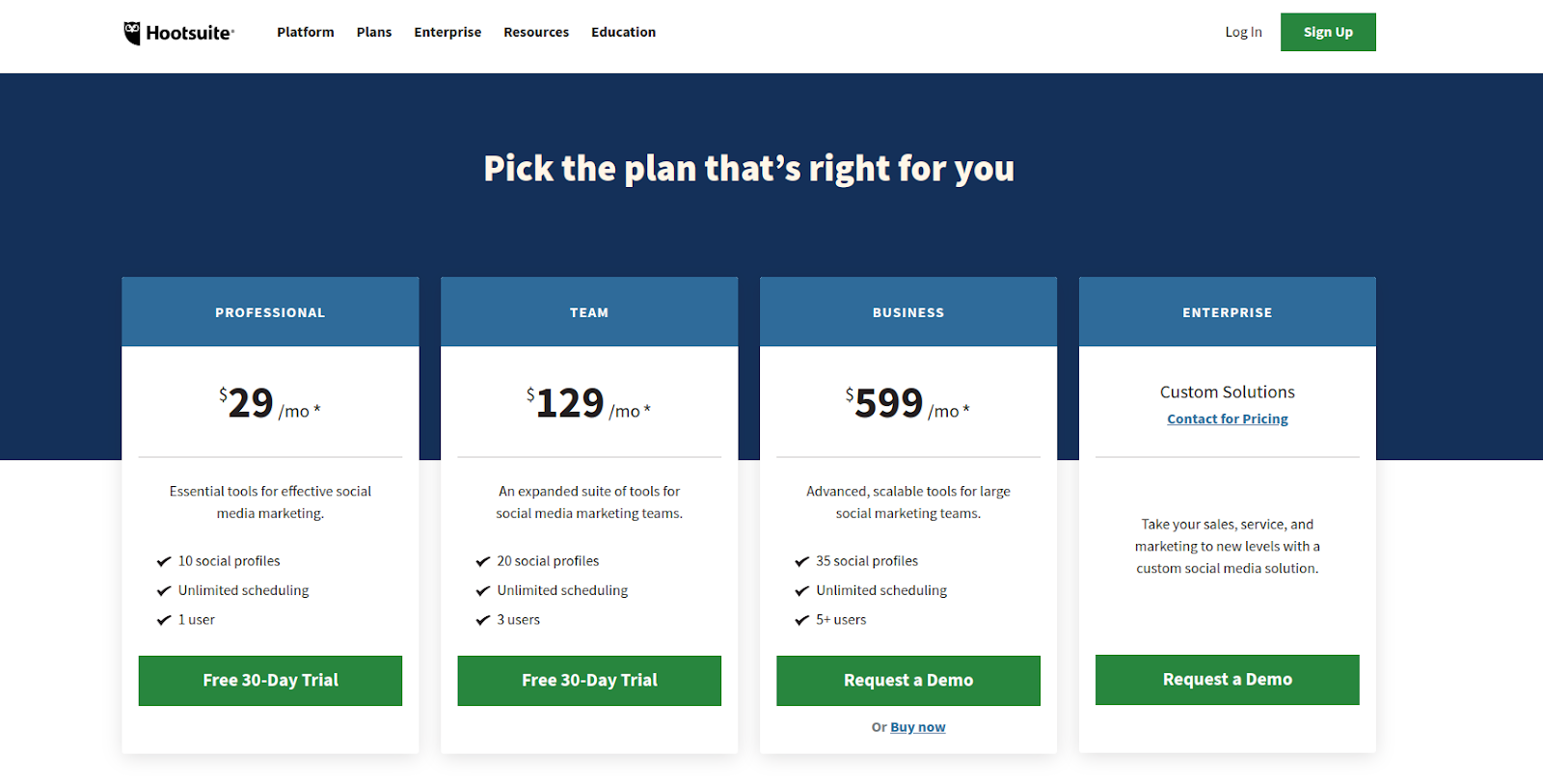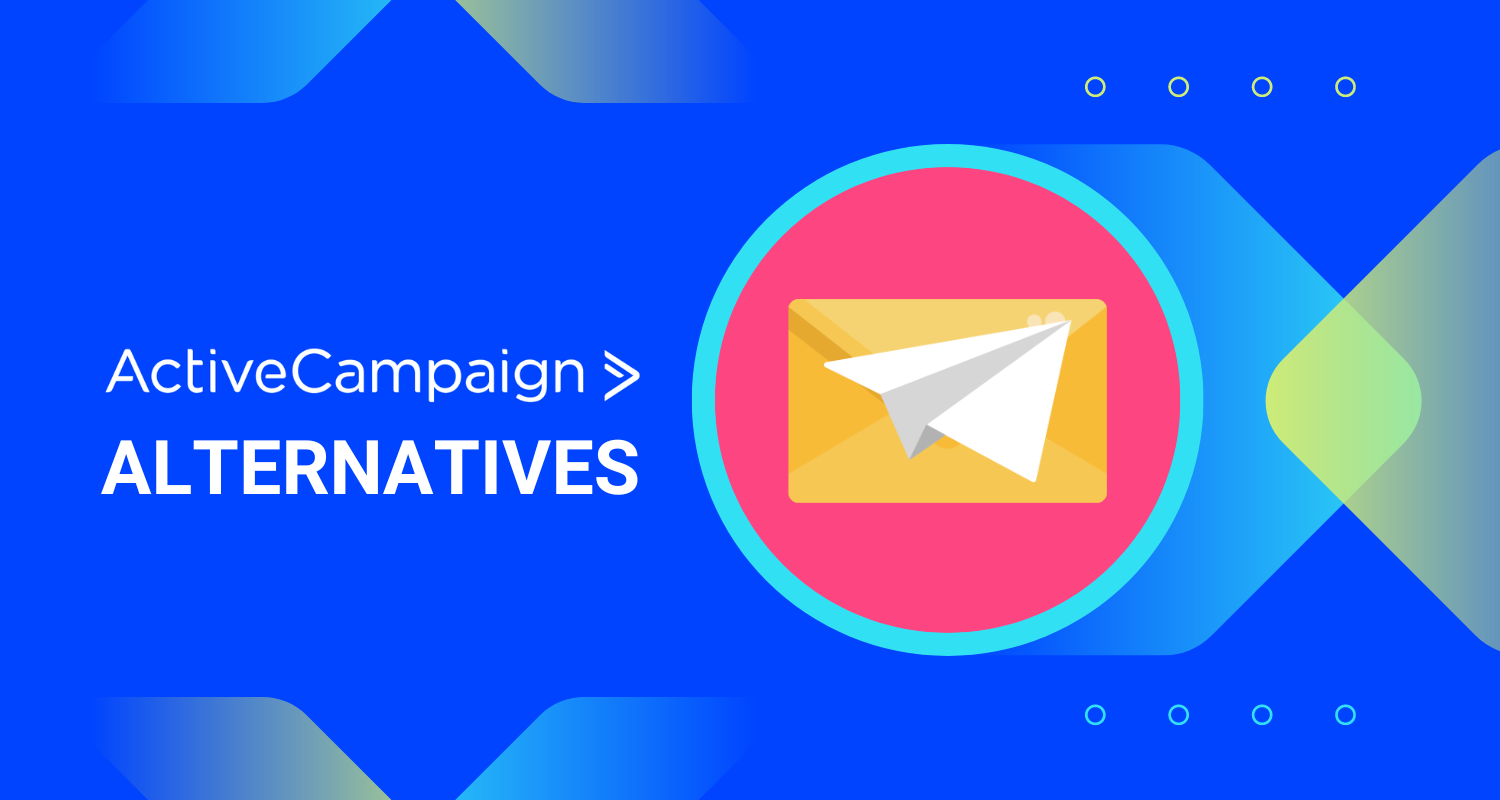
As a founder or member of a small team, SaaS sales can feel elusive and nerve-wracking. Maybe you’re in charge of running demos, and you feel like you’re terrible at them. Maybe you need to engineer a self-service funnel and don’t have a large volume of product-qualified leads.
Whatever your current qualm with SaaS selling, this guide can likely help. We cover SaaS sales processes, funnels, strategies, and advice.
What makes SaaS sales special
SaaS is different from almost any other industry in a lot of ways, especially when it comes to selling. Let’s take a look at some of the things that make SaaS sales different.
- Different sales channels based on the subscription levels. The same product can have very different sales channels. A low-tier subscription might only accept sales via self-serve credit card, while a high-tier subscription is only available via 1:1 selling and contracts.

- Fair, transparent SaaS pricing models. With the exception of their enterprise plans, most SaaS businesses have transparent pricing models. This inspires trust with their audience. Also, SaaS companies like Slack will often automatically refund customers for unused portions of their subscription, which further inspires confidence. While some industries have a reputation for being sleazy and slimy, SaaS businesses are known for very fair pricing, easy refunds, and great support.

- Wildly different customer values. The CLV of different customers can be extremely different. While some customers might stick around for two years and make you a good profit on the cost of acquiring them, others will only be a user for two weeks, meaning you’ve lost money on them. Your average LTV of all customers will have more extreme outliers than many other types of businesses.
- Product, marketing, and sales can all generate revenue. More than ever, product and engineering teams are behind SaaS sales. Marketing teams are also owning more revenue than before, because of the increasing popularity of self-serve sales funnels. At the same time, sales teams are still the big revenue generators at many companies, especially those that focus on serving enterprise customers.
The two main SaaS sales processes
When it comes down to it, there are two main ways that a SaaS business can get money in the door:
- Self-service
- Inside sales
First, let’s define what these things are. In this post, we’ll explore strategies for both.
1. Self-service
This means that your customers are paying you via credit card. Whether you offer a free plan, a free trial, or require your customers to pay upfront with the chance for a refund, your customers are entering their credit card information on your website.
2. Inside sales
This method involves a sales team who builds a pipeline, nurtures leads, sways decision-makers, closes deals, manages contracts, and keeps track of when contracts are expiring. This method is typically used for SaaS products that cost several hundred dollars or more each month.
Many SaaS companies use both of these methods to bring in revenue.
Examples of SaaS sales funnels
Let’s take a look at a few SaaS sales funnels to inspire you. SaaS funnels typically consist of landing pages, and email follow-ups.
SaaS sales funnels for self-service sales
- Loom. Loom is an epic example of viral product marketing. A user makes a video and shares it with someone, who then sees the “Get Loom for Free” CTA button at the top of the page. After becoming a new user, the person will then see opportunities to upgrade to the paid version when they encounter features behind the paywall.

- Freshbooks. With a 30-day free trial, Freshbooks make it easy for small business owners to consider the software and gives them plenty of time to try it out and move over from manual processes or a competitor. Simple, actionable emails help new users remember to give it a try.

SaaS sales funnels to bring in leads for the sales team
- PressPage. While some businesses bemoan forms, they’re still very much in use at many of the world’s top SaaS companies. It’s important to make them as short as possible. By requiring the business email, you can avoid asking lengthy questions about company size and industry, and instead require SDRs on your team to enrich the leads that come in. You should also have an automated email setup that gives leads something to engage with while they wait to be contacted.
- Packwire. A GoSquared chat prompt appears when users are on Packwire’s FAQ page for more than 60 seconds. This helps start a conversation that converts to sales.

SaaS sales strategies for building a pipeline
Of course, just putting up a form or using chat prompts won’t bring in tons of leads. Your sales team will need to build up your pipeline of qualified leads.
Inbound methods
Inbound pipeline-building methods are primarily managed by your marketing team, who likely create content and run ads, but there are ways that sales teams get involved in inbound too.
Sales can help make the handoff from marketing as fast as possible. Sales can also help manage live chat to takeover interested prospects quickly. And finally, sales can use metrics from inbound data to know which target accounts to prioritize.
For example, with GoSquared’s Website Analytics and Customer Data Hub, you can keep track of which leads are visiting which pages on your website. This helps salespeople know which leads are the hottest, and where to focus their time.
Outbound methods
At most companies, SDRs are in charge of outbound pipeline building.
This consists of:
- Cold emailing
- Cold calling
- Cold LinkedIn messages
When it comes to outbound, quality will always win over quantity. Even though it is a numbers game, there’s no point in filling your funnel with bad prospects. Companies who win at outbound use unique indicators to find the right targets, such as industry, company size, current tool usage (Builtwith), whether or not the company is hiring, etc.
Top tips for SaaS demos
In the early stages of business, many SaaS founders find themselves having to do some or even all of the demos for leads. Or, to save money, they hire sales representatives with little experience in SaaS sales or in their unique industry.
Running demos with little experience can be scary, but the truth is, we all start somewhere, and even natural-born sellers weren’t born with 100 successful demos under their belt.
Here are some tips that can help you:
Accurately diagnose the lead’s problems.
The best way to be good at selling is to be good at listening. If you can’t get to the bottom of a real, painful problem that the lead has, and help them see exactly how your product solves that problem, you won’t close them.
“Questions like ‘What is the problem you are looking to solve?’ and ‘What are your pain points?’ are actually quite jarring, and 99% of the time don’t get you any insights. Instead, ask things like ‘What led you to book this call today?’ or ‘What’s the reason for our call?’ These are a much better starting point for an exploratory call.”
– Russell Vaughn, Sales Engineer at GoSquared
Sometimes, it’s simply not a fit, so don’t be attached to getting a yes from every demo. Aim for a SaaS demo closing rate between 20% and 40%.
Start with the “aha” moment features then ask them more about their needs.
Based on what you know about their base needs, start off by demoing the top features that lead to an “aha” moment. (That’s the moment in onboarding when customers achieve value, but during a demo, it can simply mean when they understand the value.)
After you’ve gotten their eyes to sparkle, ask some more questions about their needs so you can decide what secondary features to show them.
Don’t rattle off how you’re different from your competitors.
Truly understanding what the lead needs and showcasing how you can help them are the most important tenets of sales.
You shouldn’t compare your business to competitors, but rather to their problems.
“Don’t feel pressured to get into a feature comparison. SaaS is a pretty competitive space in general, so there is usually an alternative to your platform. The most common question you usually get during demos is “How are you different to x?” Respond with “Can I ask why you are looking for an alternative to x?” It will immediately get you to the right features to focus on (if you have them.) It usually comes down to cost, but at least you have the right foundation for a smart response.”
– Russell Vaughn, Sales Engineer at GoSquared
Keep track of your follow up.
Following up is essential. People get busy. Maybe a lead loves your solution, but when they had the demo with you, it simply wasn’t the right time. Create a system in Pipedrive or whatever you use for tracking sales to handle follow up for different types of leads.
For leads that are uninterested, you might want to check back in with them in 6 to 12 months. For leads who need to get approval from a higher-up, you should follow up in a week, and continue to give them sales enablement resources.
As you go, you’ll learn the different categories of post-demo responses that you need to set up and track.
GoSquared is an all-in-one marketing and sales automation platform for SaaS businesses. Have you heard about our Early Stage plan?

